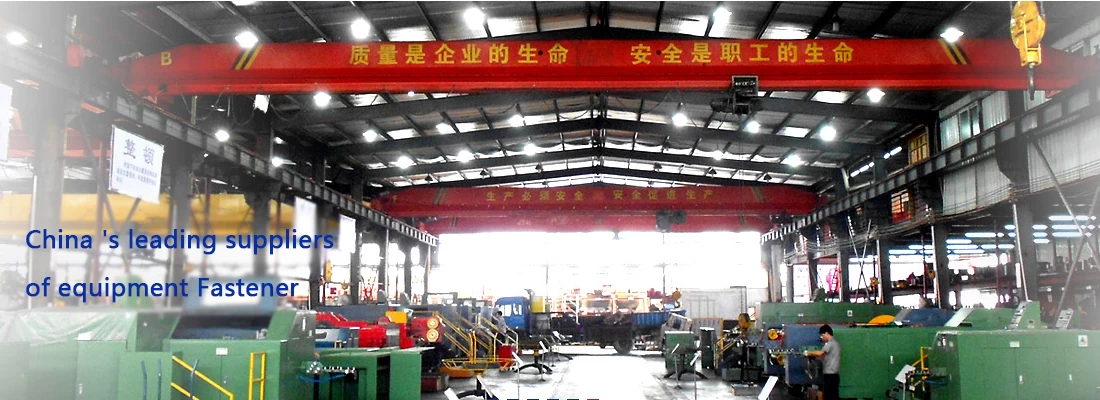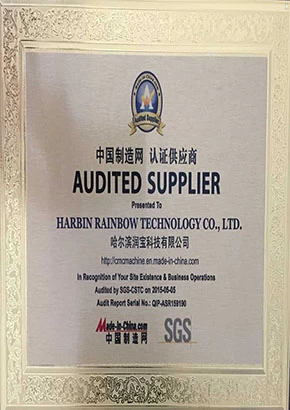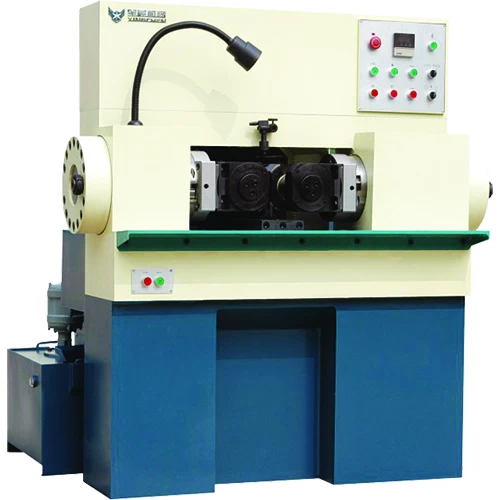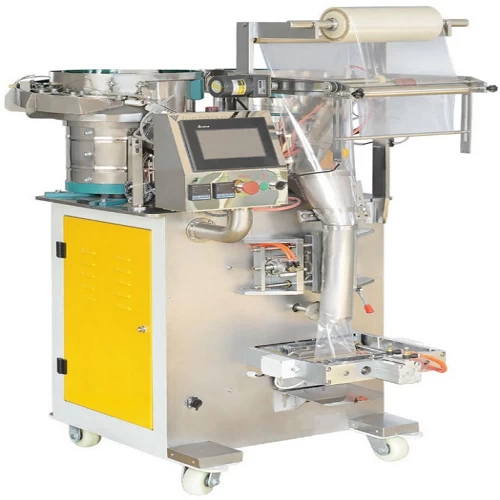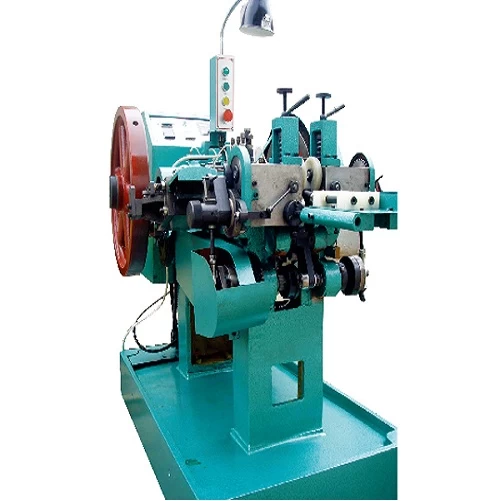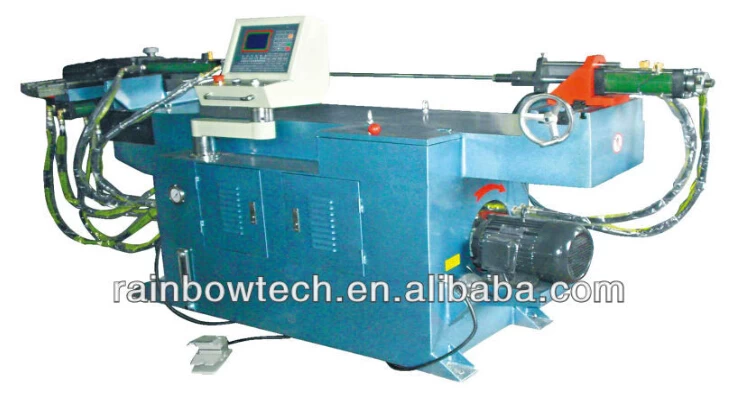The main methods of surface treatment for fasteners
The main methods of surface treatment for fasteners include:
-
Coating treatment: using methods such as electroplating or hot-dip plating to form a protective layer of metal or alloy on the surface of the fasteners. Common coatings include galvanizing, nickel plating, and chrome plating, which can improve the corrosion resistance of fasteners.
-
Heat treatment: changing the microstructure of the fasteners by heating and rapid cooling to improve their hardness and strength. Common heat treatment methods include quenching, tempering, carburizing, etc.
-
Surface modification treatment: using chemical agents or physical methods to alter the surface properties of fasteners, such as surface strengthening, surface nitriding, surface grinding, etc. This can improve wear resistance, fatigue resistance, and high-temperature resistance.
-
Anti-corrosion coating: applying coatings through spraying, immersion, or coating methods to form a protective layer on the surface of fasteners. Examples include organic coatings, polymer coatings, ceramic coatings, etc., which can enhance the corrosion resistance of fasteners.
The choice of surface treatment depends on the purpose, working environment, and requirements of the fasteners, and may vary depending on different materials and shapes.







